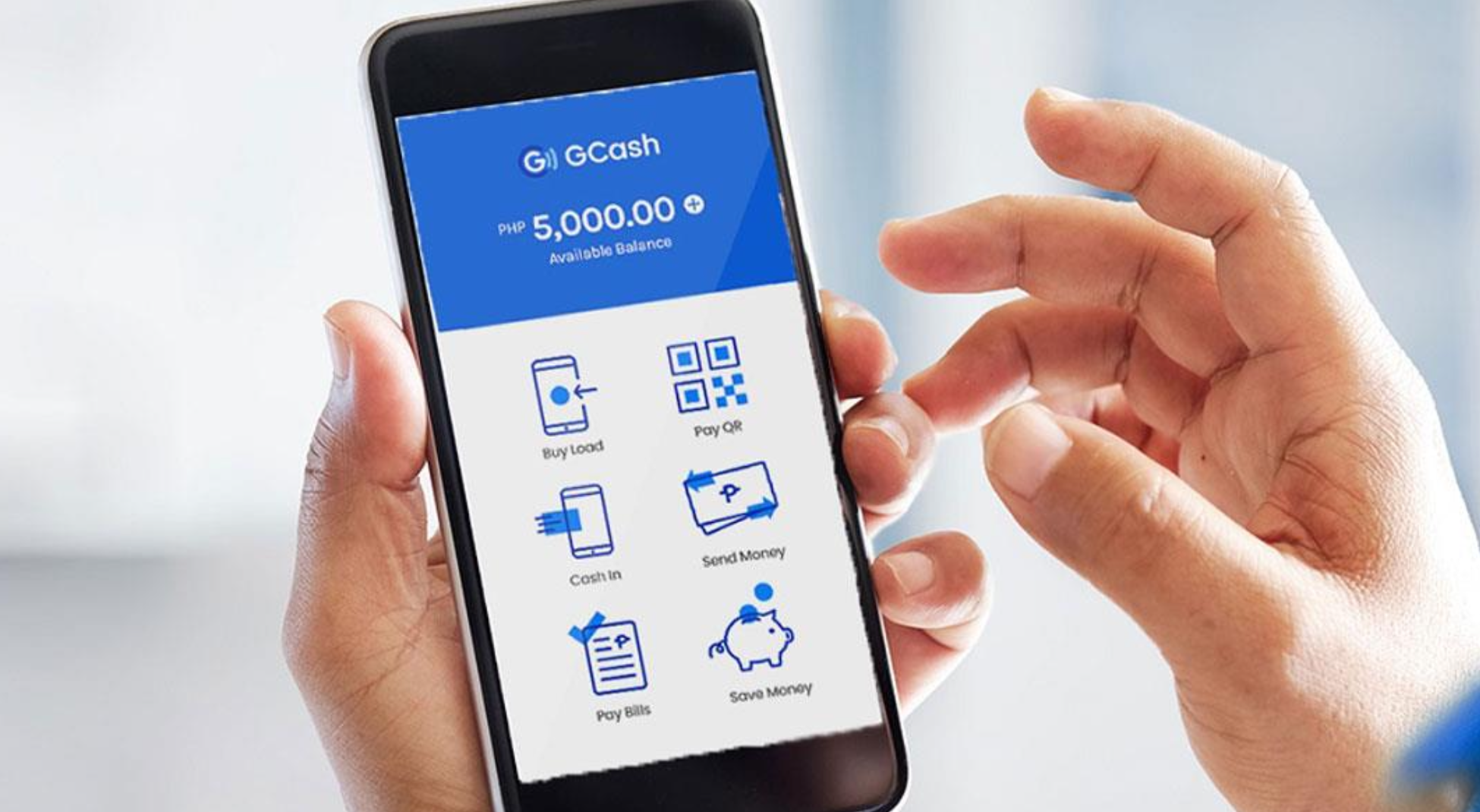
Metaverse and VR to drive traffic growth
We think the intensity of VR and individuals’ reluctance to cut themselves off from the real world will limit usage. Even by 2032, one hour a day of VR usage per adult could be the average consumption in developed markets. But visits to the Metaverse through conventional screens will also drive traffic growth.
STL Partners hasn’t attempted to model traffic levels 10 years from now, as there are too many uncertainties, particularly with respect to the business models and what consumers will be prepared to pay for. If telcos don’t have sufficient incentives to invest, then traffic levels could be limited by congestion, particularly during peak periods. But we have estimated that in developed markets, such as the U.S., VR could generate about 13% of total traffic by 2025 (compared to about 10% for conventional gaming traffic).
If you take a loose definition, the Metaverse is already generating a lot of traffic. Gaming generated 5.67% of IP traffic globally in 2021, according to network performance monitoring company Sandvine. Much of that will involve gamers interacting with each other in virtual worlds, such as that in the popular game Fortnite. The vast majority of this traffic has nothing to do with VR – people typically play these games using a TV, headphones and a games console.
IP traffic in the U.S.

Source: STL Partners analysis
The VR forecasts shown in the figure above are based on fairly conservative assumptions. For example, we estimate that 10% of Americans (36 million people) were active users of VR in 2021. That figure is based primarily on the ARtillery survey – we have estimated that about 18 million U.S. households are actively using VR (since 28 million have tried it), and we assume an average of two active users per household. Note, an active U.S. user base of 36 million is well below the eMarketer estimate of 61.5 million, but well above an estimate that would be derived from the Omdia data. If we assume about half of the active VR headsets tracked by Omdia are in the U.S., that would point to an active U.S. user base of around 25 million.
STL Partners anticipates that penetration of VR gaming (the most popular use case) will rise to 21% in 2025. We have conservatively assumed that the incremental data traffic per VR gamer per month will be 190GB per month in 2025. That figure is based on the belief that many people will only want to play VR games for short bursts – maybe as little as 10 minutes at a time – because they won’t be comfortable cutting themselves off completely from their surroundings for any longer.
But we are more bullish about educational/training/design use cases for VR. By 2025, we have assumed 25% of the U.S. population will be using VR for this purpose at least once a month – we think employers will make use of VR to show staff new product and service concepts, while also teaching them how to operate new machinery or products. Some educational establishments will also begin to use VR to train medics, engineers and technicians. We think these kinds of use cases could be generating as much as 60GB per active user per month by 2025 in the U.S.
In the medium to long-term, we also think VR is likely to become a mass-market medium for consuming live concerts and sports events, as well as some movies and documentaries. Implemented well, a live VR application could give the user the sense that they are actually at a live football match or rock concert. Although it will likely go through a series of fits and starts over the next decade, VR should ultimately transform the entertainment industry in the way its proponents hope.
For more details please see our report The three telco metaverse strategies
STL Partners related reports:
Download this article as a PDF
Read more about consumer services
Consumer insights pack
This document will provide you with a summary of our insights from our consumer services work
What is smart Wi-Fi?
Smart Wi-Fi refers to the use of capabilities in the Wi-Fi system that enhances the network service (reliability, availability and latency).
What is GCash?
In this article, we explore some of the reasons why GCash has become so successful and the ongoing challenges they will face.
Augmented reality use cases: Unlocking consumer experiences
This article examines the impact of AR in two key consumer domains – live events and commerce – and judges where telcos fit in.




